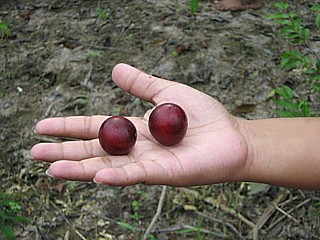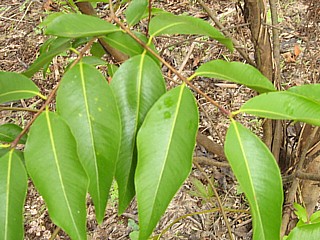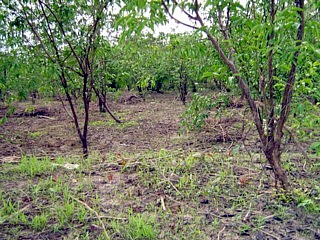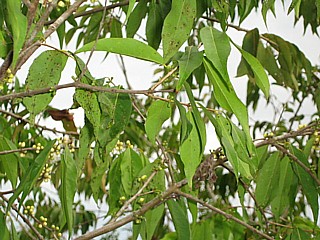Vitamin C Supplement
Camu-camu (Myrciaria dubia) fruit has the highest recorded amount of natural vitamin C known on the planet. Oranges provide 500-4,000 ppm vitamin C, or ascorbic acid; acerola has tested in the range of 16,000 to 172,000 ppm. Camu camu provides up to 500,000 ppm, or about 2 grams of vitamin C per 100 grams of fruit.
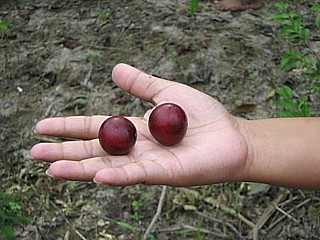
Vitamin C Source
This peruvian superfood is also a significant source of potassium. It also has a full complement of minerals and amino acids that can aid in the absorption of vitamin C. In addition to the active ingredients mentioned above, it contains: beta-carotene, calcium, leucine, protein, serine, thiamin, and valine.
Camu camu benefits
According Antioxidant and Associated Capacities of Camu Camu (Myrciaria dubia): A Systematic Review study (a) The evidence base rests on well-conducted animal and human studies. The results of these studies point to a potentially substantial role for camu camu in multimodal, integrative disease and wellness management, notably with regard to inflammatory conditions.
At the same time, recognition of the contribution of chronic systemic inflammation in the initiation and mediation of chronic disease has opened the way for a more considered view of the role of diet and dietary supplements in the management of disease.
Communications to physicians and patients of the need to reduce systemic inflammation, to help restore normal inflammatory function, and to help restore normal immune function not only meet a public health need but also raise the issue of the prospective role of such products as camu camu. The number of studies is limited, but the evidence base for this plant is more substantive than that for competing products.
First, the antioxidant potential has been well established through several biochemical studies. These studies have established the nutritional composition and the potential role of phytochemicals in disease prevention and health promotion. As a case in point, the presence of anthocyanins has been investigated in a number of animal models and randomized clinical trials in their association with blood pressure, endothelial function, and cardioactive protection.
Second, a feature that stands out is the versatility of this fruit. It is not just the fruit pulp but the skin and seed products that show anti-inflammatory potential. Antioxidant capacity is higher from flour produced from the skin and seed residue than from the pulp or pulp powder.
Third, animal studies involving juice, while in their early stages, are providing information on antioxidant and antigenotoxic effects as well as protective effects in many common conditions and disease states. Although only suggestive, apart from the evidence for anti-inflammatory action, several avenues for further research in humans may merit attention to support evidence-based claims for camu camu. These include the following:
- Antiobesity action suggested (b) ,
- Protective effect in liver injury suggested (c),
- Prevention of immune-related disease suggested (d).
Camu camu botanical information
It is a small (approx. 3 meters tall) bushy river side tree from the Amazon rain forest region of Peru, which bears a red/purple cherry like fruit. Its small flowers have waxy white petals and sweet smelling aroma. It has bushy feathery foliage. The evergreen, opposite leaves are lanceolate to elliptic. Individual leaves are 3 – 20 cm in length and 1 – 2 cm wide.
| Scientific classification | |
| Kingdom | Plantae |
| Division | Magnoliophyta |
| Class | Magnoliopsida |
| Order | Myrtales |
| Family | Myrtaceae |
| Genus | Myrciara |
| Scientific name | Myrciaria dubia |
| Common names | Camu camu, Rumberry |
Natural Vitamin C vs Synthetic
The daily uses and requirements of this vitamin c are the source of debate. People who consume diets rich in ascorbic acid (Vitamin c) from natural sources, such as fruits and vegetables are healthier and have lower mortality and fewer chronic diseases.
However, a meta-analysis of 68 realiable experiments which chemical supplementation with Vitamin C was used, and involving 232,606 individuals, concluded that additional consumption of ascorbate (Synthetic Vitamin C) through supplementation may not be beneficial as previosuly thought. Roc Ordman. «The Scientific Basis Of The Vitamin C Dosage Of Nutrition Investigator». Beloit College.
